Product Introduction
The typical barrel plating process is as follows: small parts that have been pre-treated are loaded into the drum, and the parts rely on their own gravity to tightly press the cathode conductive device in the drum to ensure that the current required for the parts to be plated can be smoothly transmitted. Then, the drum rotates at a certain speed and in a certain direction, and the parts are constantly rolling and falling under the rotation in the drum. At the same time, the main metal ions are reduced to metal plating on the surface of the parts under the action of the electric field, and the fresh solution outside the drum is continuously replenished into the drum through the countless small holes on the drum wall, and the old solution in the drum and the solution generated during the electroplating process are also discharged from the drum through these small holes.
The roller plating production line produced has two forms: the roller has its own DC motor and the groove edge has external transmission.
1. The roller has its own DC motor: the DC power is supplied to the groove edge as the power source, eliminating the cumbersome groove edge transmission device. The production line is neat and simple, and the roller can achieve stepless speed regulation, which is suitable for small roller loads and small quantities;
2. The roller groove edge has external transmission: suitable for large roller loads and large quantities. Small roller plating equipment is made of imported PP sheet, cut, milled, computer punched, transmission part assembled, and welded. It has the characteristics of small size, easy operation, small footprint, low price, etc., and has always been greatly convenient for many electronic factories or customers who need small amounts of electroplating.
二. Application of barrel plating: Generally suitable for barrel plating of gold, silver, palladium, rhodium, nickel, copper, zinc, etc. Such as needle barrel plating, resistors and capacitors, ceramic parts, jewelry, etc., to solve the problem of products that are not suitable for rack plating.
三. Roller material:
① The general material is made of PP board, which is corrosion-resistant and resistant to high temperatures (below 80 degrees).
② Transparent acrylic can also be customized according to customer requirements.
四. Components of small roller plating equipment:
①Roll plating machine
②Medicine tank (with copper tube or stainless steel tube)
③Electroplating rectifier (between 50A and 200A)
④Electroplating filter (between TF101 and TF201)
⑤Anode (titanium basket or other plates)
⑥Heating tube and temperature controller
⑦Others
五. Production methods of roller equipment:
① Generally, it is an integrated type, that is, the bottom is the rotating roller, and the top is the transmission part and the conductive hook; this type of production is generally used when the load-bearing weight is not very heavy (the weight between ② and ③)
② It can also be made so that the transmission part is outside the medicine tank, and the rotating roller is placed inside the tank; this type of production can be designed when the load-bearing weight is relatively heavy.
③ It can also be made into a single-sided type. That is, the rotating roller is buckled on the gear plate and can be removed. This type of production can be designed when the load-bearing weight is relatively light.
六. Customization requirements for small roller plating equipment: The customer needs to provide the following parameters: roller length, roller diameter, and roller aperture. The roller aperture can be known according to the size of the customer’s product;
According to the daily output, the roller diameter, length, and other equipment sizes can be configured. Our company customizes small roller plating equipment.
For specific information, please call: +8613927412155

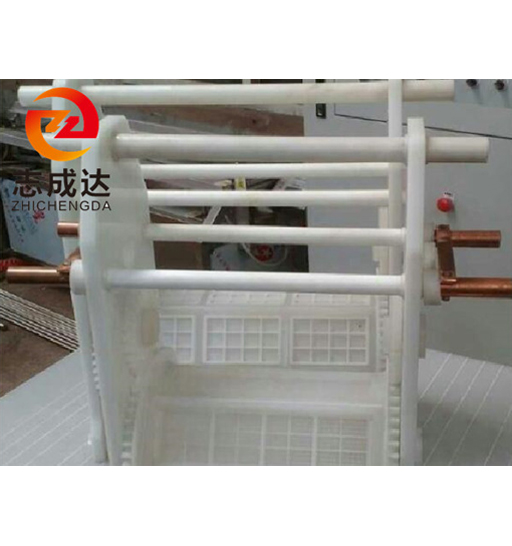
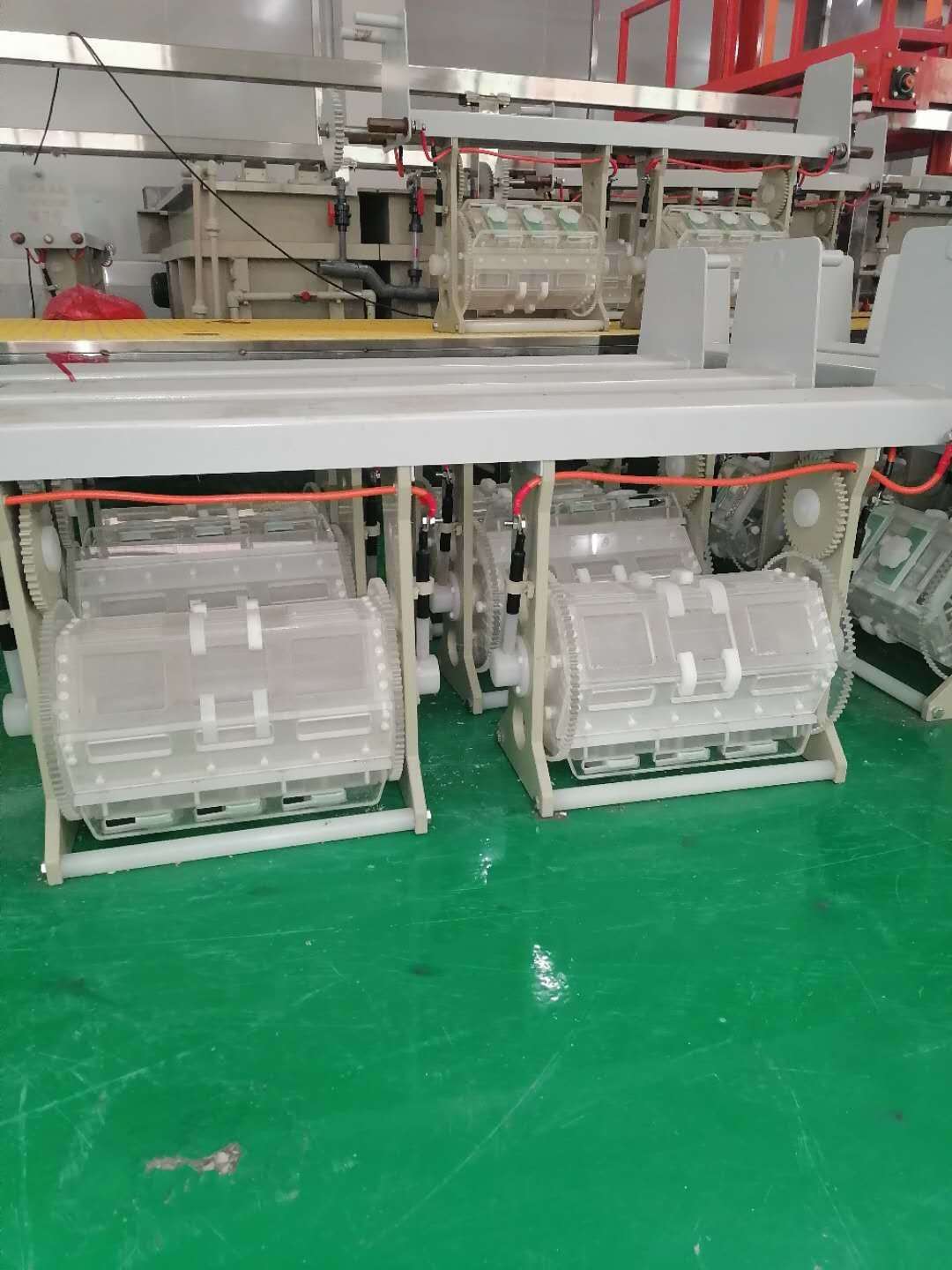
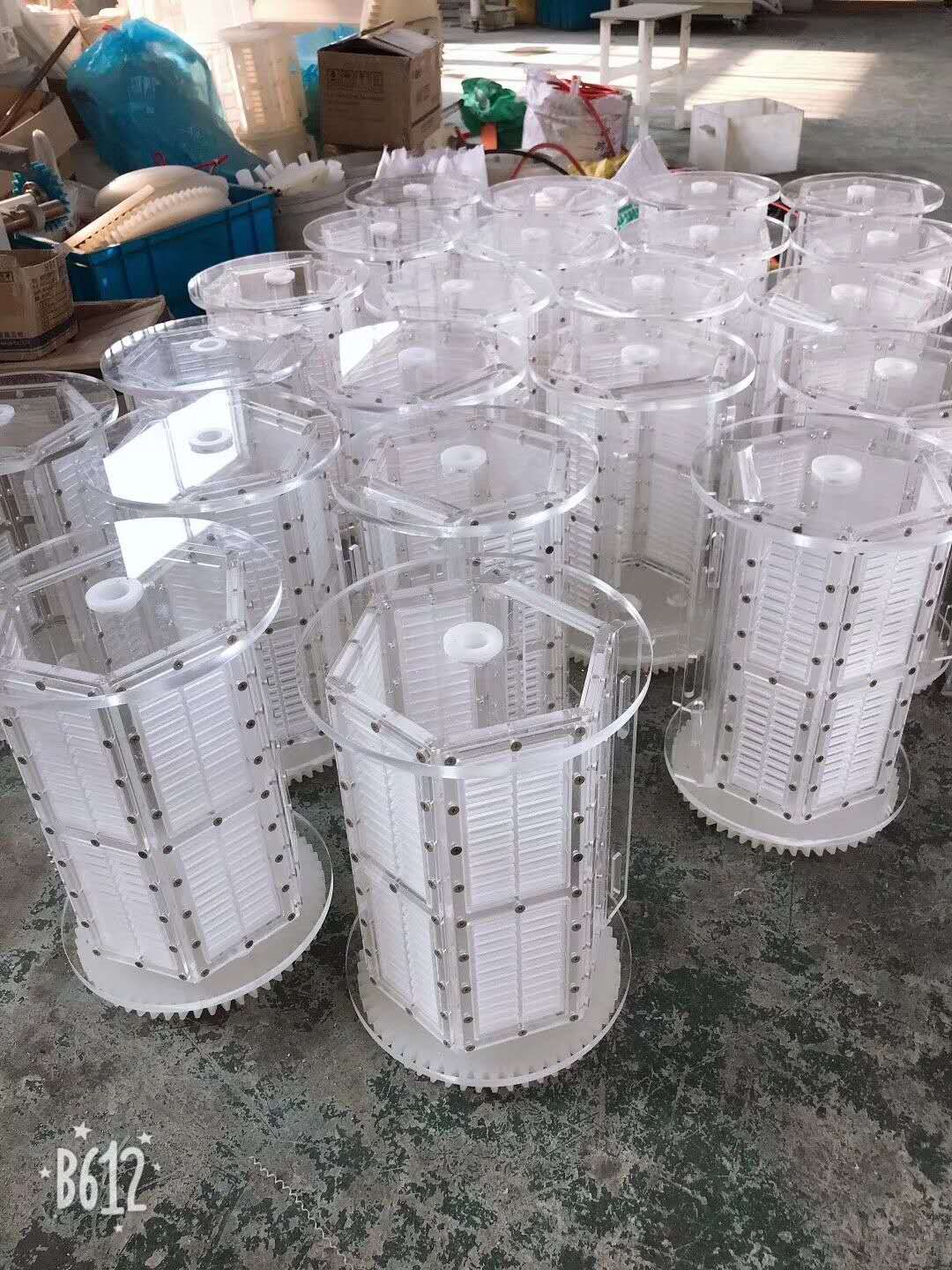
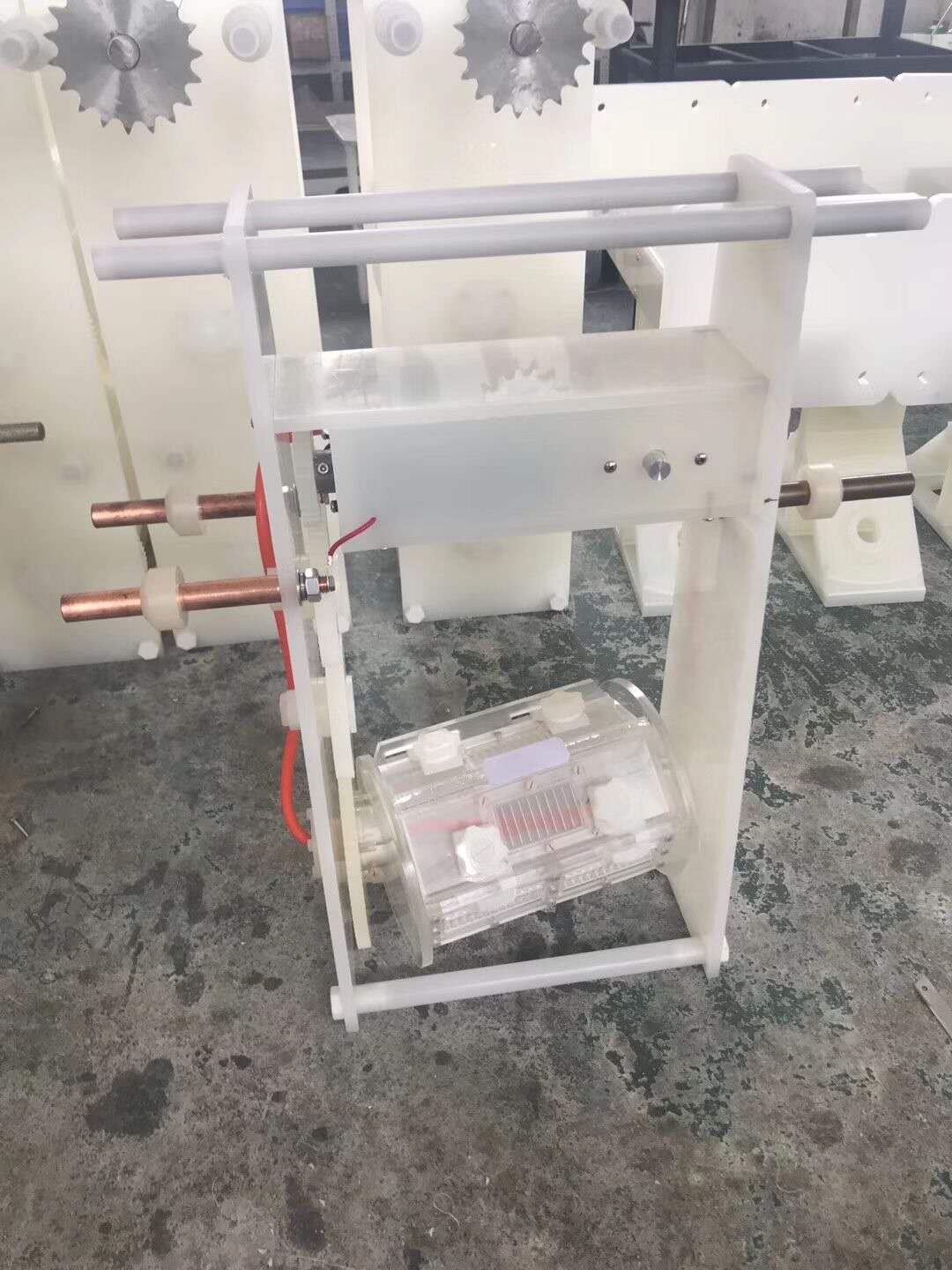
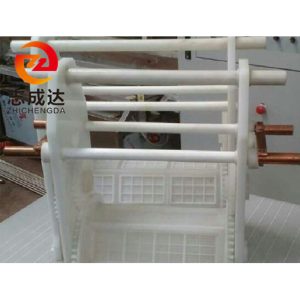
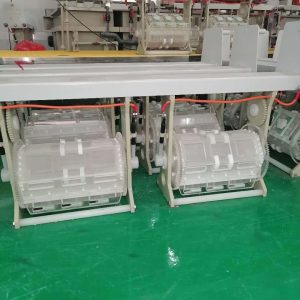
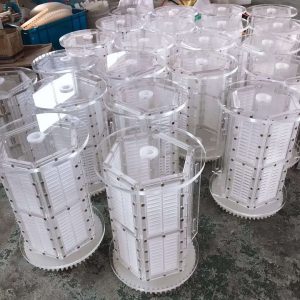
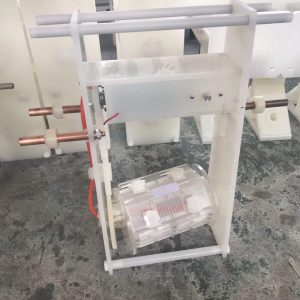
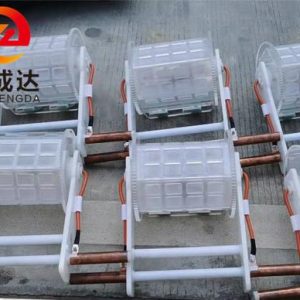
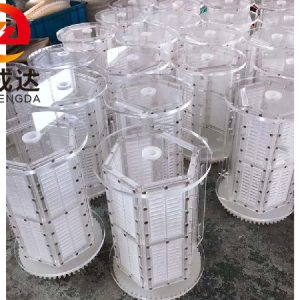
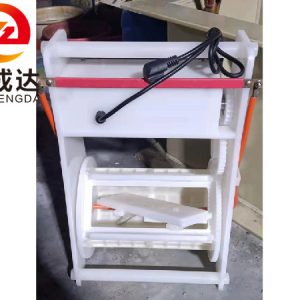
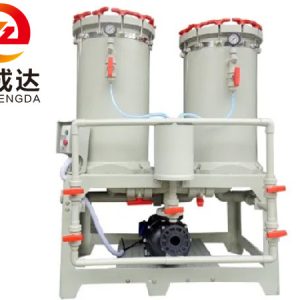
Reviews
There are no reviews yet.